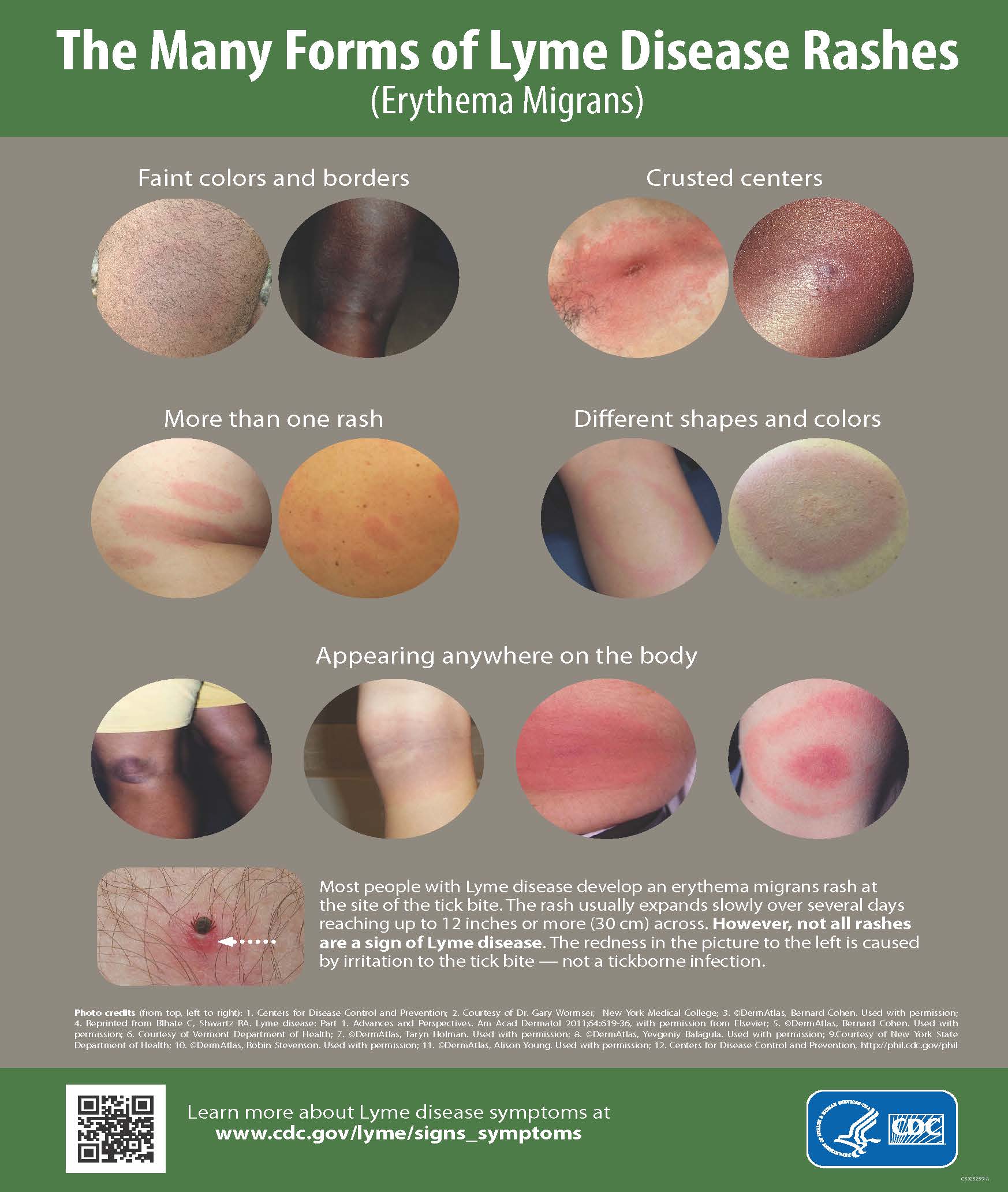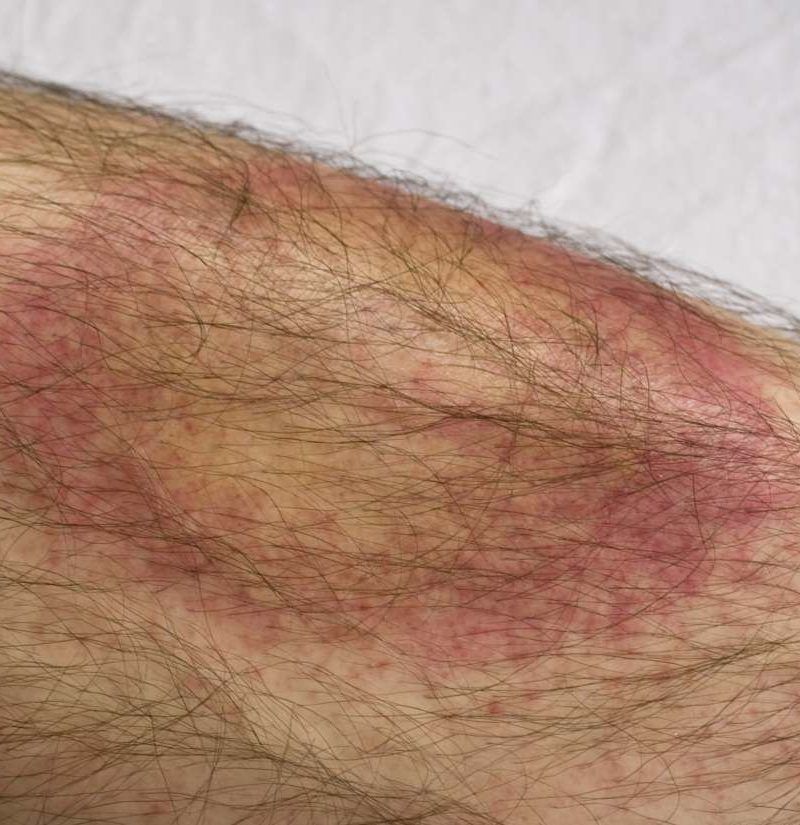Why You Need To Get Entailed with the Lymecare Alliance Neighborhood
Wiki Article
Lyme Condition Understanding Month-- Discover How to Protect Yourself
April is designated as Lyme Illness Awareness Month, offering as a vital suggestion of the importance of understanding and preventing this progressively common tick-borne disease. As we explore the subtleties of Lyme condition, it comes to be clear that awareness is not just regarding details; it is concerning taking purposeful activity to safeguard ourselves and our neighborhoods.Comprehending Lyme Disease
Understanding Lyme Condition starts with acknowledging its beginnings and transmission. This infectious condition is primarily brought on by the germs Borrelia burgdorferi, which is transmitted to humans through the bite of contaminated black-legged ticks, commonly referred to as deer ticks. These ticks thrive in wooded and grassy areas, making exterior activities a prospective risk for exposure.The lifecycle of the tick is essential to understanding just how Lyme Disease spreads (Lymecare Alliance). Generally, the ticks start feeding in the larval phase, frequently getting the bacterium from small animals, such as deer or rats. As they turn into adults or fairies, they can after that transfer the microorganism to bigger hosts, including humans

Identifying Signs Early
Very early recognition of Lyme Disease signs is crucial for reliable treatment and recuperation. Lyme Disease, transmitted mostly through the bite of infected black-legged ticks, can result in extreme issues otherwise addressed promptly. The initial signs frequently appear within 3 to thirty days following a tick bite and may include fever, chills, tiredness, muscle mass and joint pains, and puffy lymph nodes.Among the hallmark signs of Lyme Disease is the characteristic erythema migrans rash, which resembles a "bull's- eye" pattern and usually arises at the site of the tick bite. This rash might not appear in every instance, making it important to stay alert about various other signs and symptoms.
Individuals who have been in areas where Lyme Disease is native need to be cautious and monitor their wellness carefully after possible direct exposure. Understanding and education concerning these very early indicators are vital in combating the effect of Lyme Disease.
Reliable Prevention Techniques
Stopping Lyme Condition requires a positive approach, especially for people that constant locations where ticks are prevalent. Recognizing effective prevention techniques is essential in lessening direct exposure to these disease-carrying arachnids.First, it is necessary to wear ideal clothes when in tick-infested atmospheres. Long sleeves, long pants, and closed-toe shoes can dramatically lower skin exposure. Think about dealing with clothing with permethrin, an insect repellent that remains effective with several laundries.
In addition, applying a tick repellent containing at the very least 20% DEET to exposed skin can even more safeguard versus bites. Frequently looking for ticks after outside activities is important; carry out comprehensive body evaluations, particularly in warm, damp areas such as behind the knees and within the hairline.
Producing a tick-safe atmosphere around your home is also advantageous. Keep your backyard well-kept by cutting the lawn regularly, removing fallen leave litter, and creating obstacles of gravel or timber chips to different woody locations from leisure areas.
What to Do After a Bite
Immediately after a tick bite, it is important to take swift action to lessen the risk of Lyme Condition transmission. Initially, meticulously remove the tick utilizing fine-tipped tweezers, realizing it as near to the skin's surface area as possible. Draw up with stable, also pressure; do not jerk the tick or turn, as this may trigger parts to break short and remain in the skin. After elimination, clean the bite area and your hands with scrubing alcohol, an iodine scrub, or soap and water.Monitor the bite site for signs of infection, such as inflammation, swelling, or a breakout. It is necessary to be attentive for signs of Lyme Disease, which might consist of fever, cools, exhaustion, and joint discomfort, usually showing up within three to thirty days post-bite. If you discover a particular "bull's- eye" rash or experience any one of these symptoms, look for medical focus without delay.
Educate your doctor of the tick bite, especially if the tick was affixed for greater than 24-hour or was engorged. If essential., early treatment is important in preventing the beginning of Lyme Illness and making certain reliable treatment.
Resources for More Details
Understanding the steps to take after a tick bite is necessary, however so is having access to trusted resources for recurring education and learning concerning Lyme Disease. Various organizations offer extensive details to aid people stay educated regarding prevention, signs and symptoms, and therapy choices.The Centers for Illness Control and Prevention (CDC) provides a wide range of sources, consisting of standards on tick avoidance and information on Lyme Disease stats. Their web site is an essential beginning point for any individual seeking understanding about the illness's effect and exactly how to reduce threats.
One more important source is the Lyme Condition Organization, which concentrates on education and learning, study, and campaigning for (Lymecare Alliance). Their platform includes short articles, webinars, and updates on the most recent scientific searchings for, making it a crucial index device for both individuals and health care specialists
In Addition, the American Lyme Disease Structure supplies instructional products customized for various audiences, including caretakers and exterior lovers. They likewise host area events that advertise recognition and avoidance techniques.
For those looking for assistance, organizations like the Tick-Borne Illness Partnership deal resources for getting in touch with regional support system and accessing patient-centered care. Making use of these sources can equip people to secure themselves and their communities successfully.
Final Thought

The lifecycle of the tick is vital to comprehending exactly how Lyme Condition spreads (Lymecare Alliance).The threat of Lyme Illness rises throughout warmer months when ticks are most active, especially in areas where the disease is endemic, such as the Northeast, Midwest, and parts of the West Coastline of the United States. Lyme Disease, sent mostly through the bite of contaminated black-legged ticks, can lead to extreme problems if not addressed promptly.Immediately after a tick bite, it try these out is vital to take quick activity to reduce the threat of Lyme Disease transmission. Recognizing Lyme disease, recognizing its symptoms, and implementing effective prevention strategies can significantly reduce the threat of infection
Report this wiki page